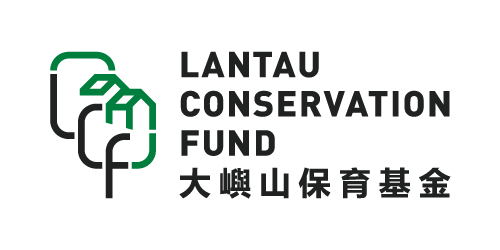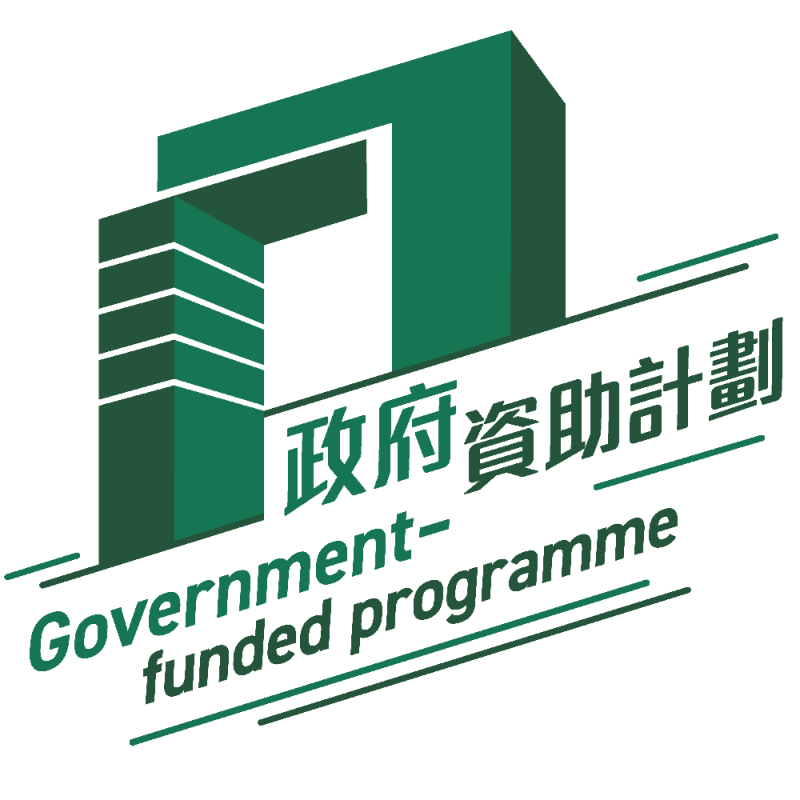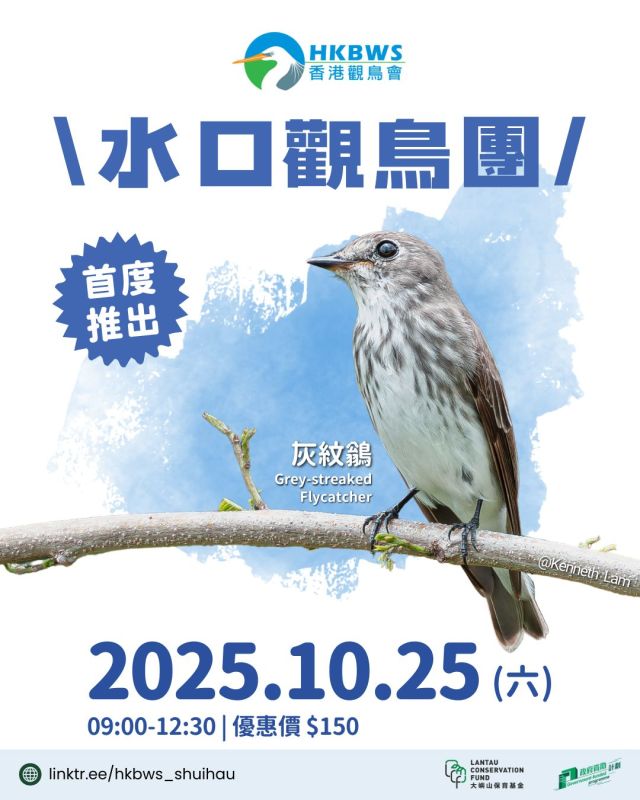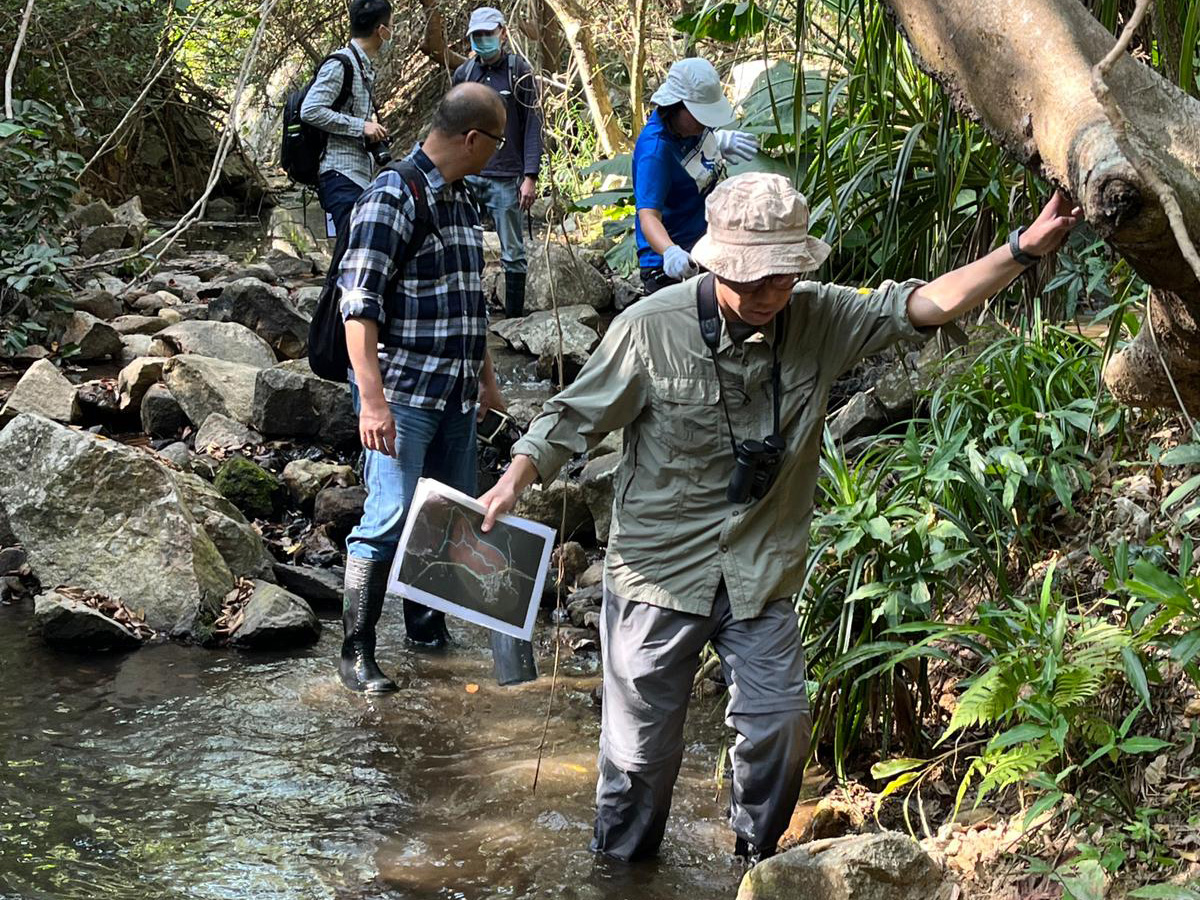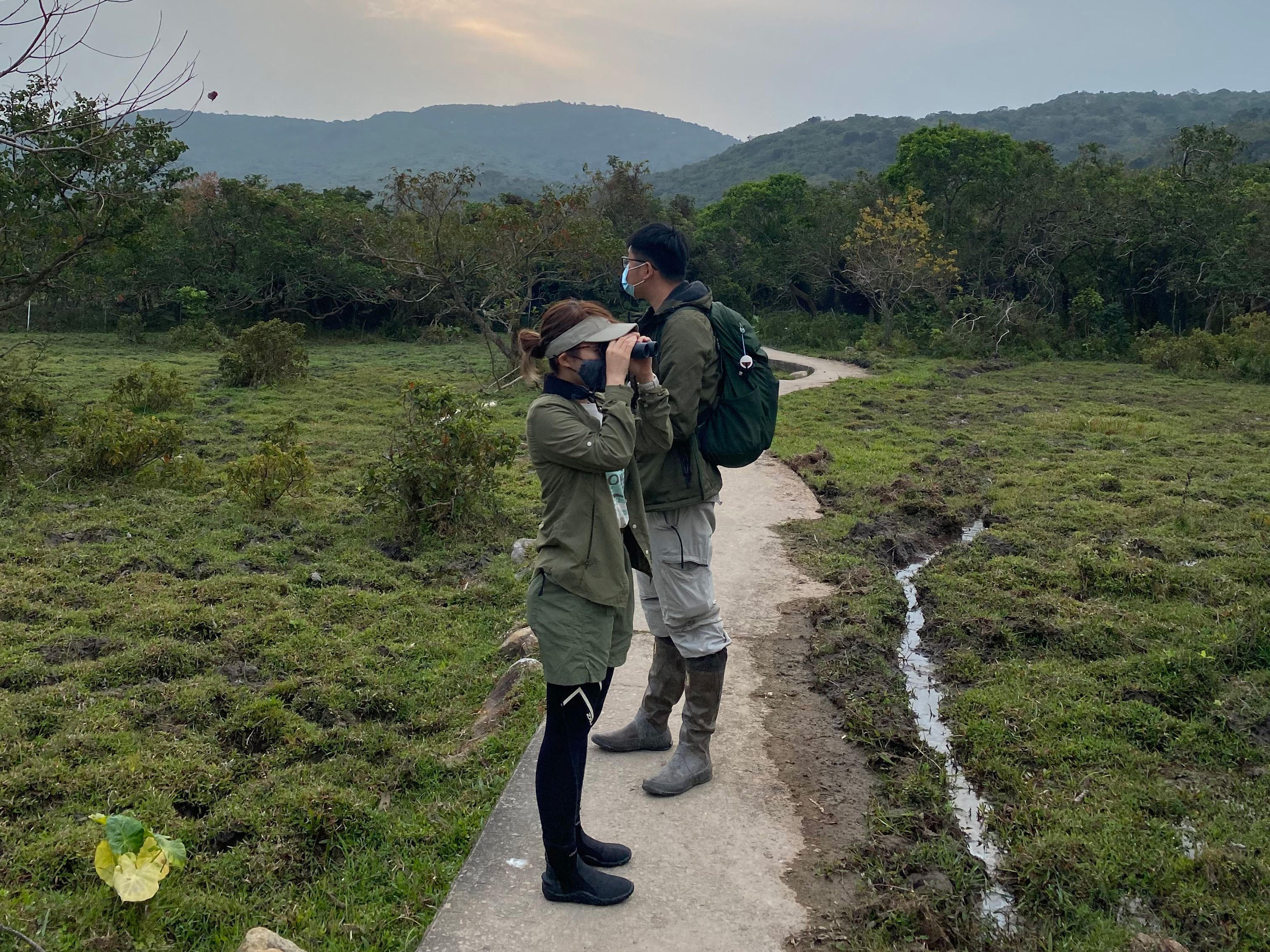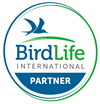Between Mountain and Sea – Nature Conservation Management for Shui Hau
Cooperating with Shui Hau villagers to create an environment where biodiversity conservation and the sustainable use of resources coexist.
Vision
- Cooperating with Shui Hau villagers to create an environment where biodiversity conservation and the sustainable use of resources coexist
- Striking a balance between ecology, agricultural production and rural living
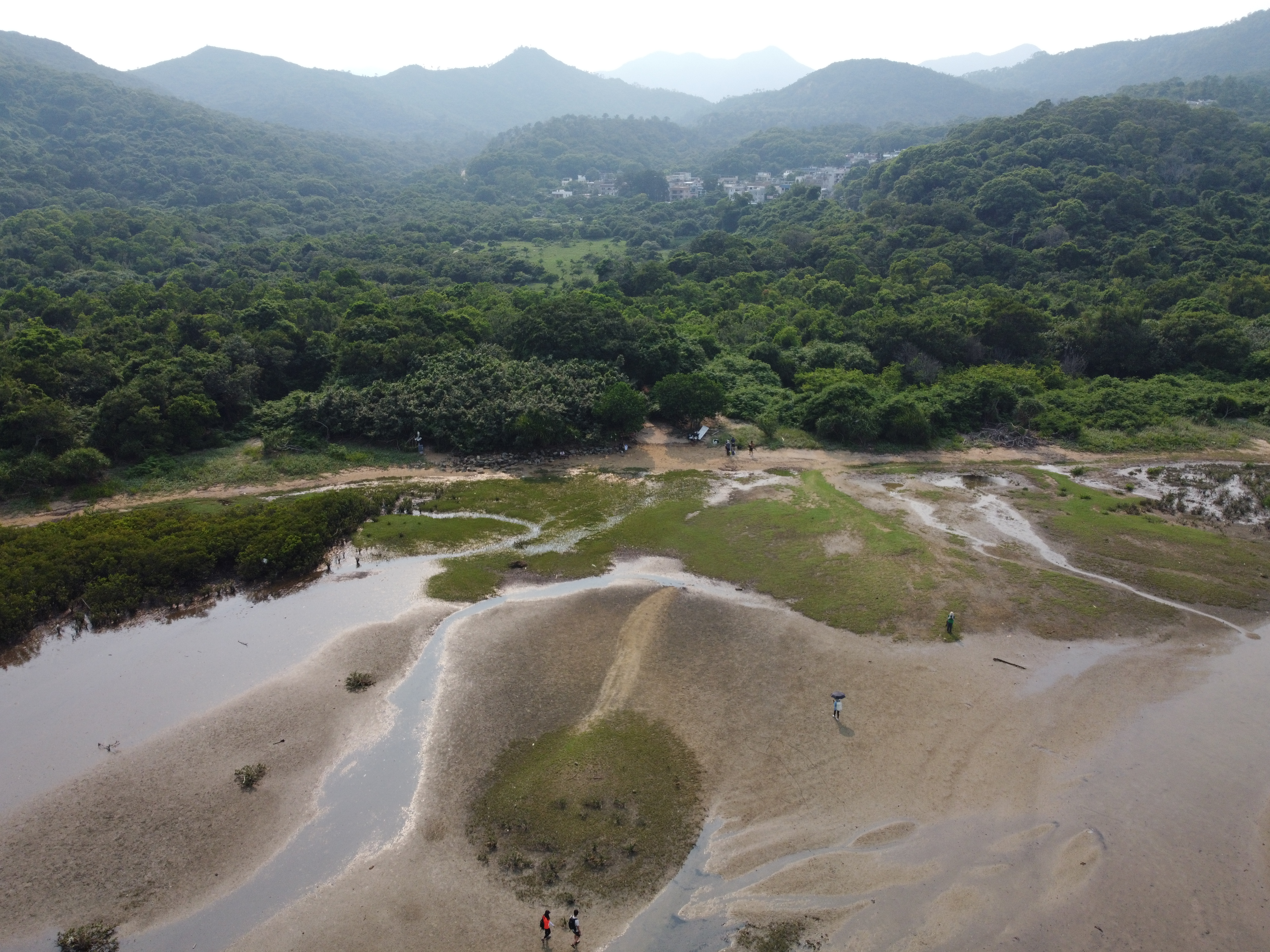
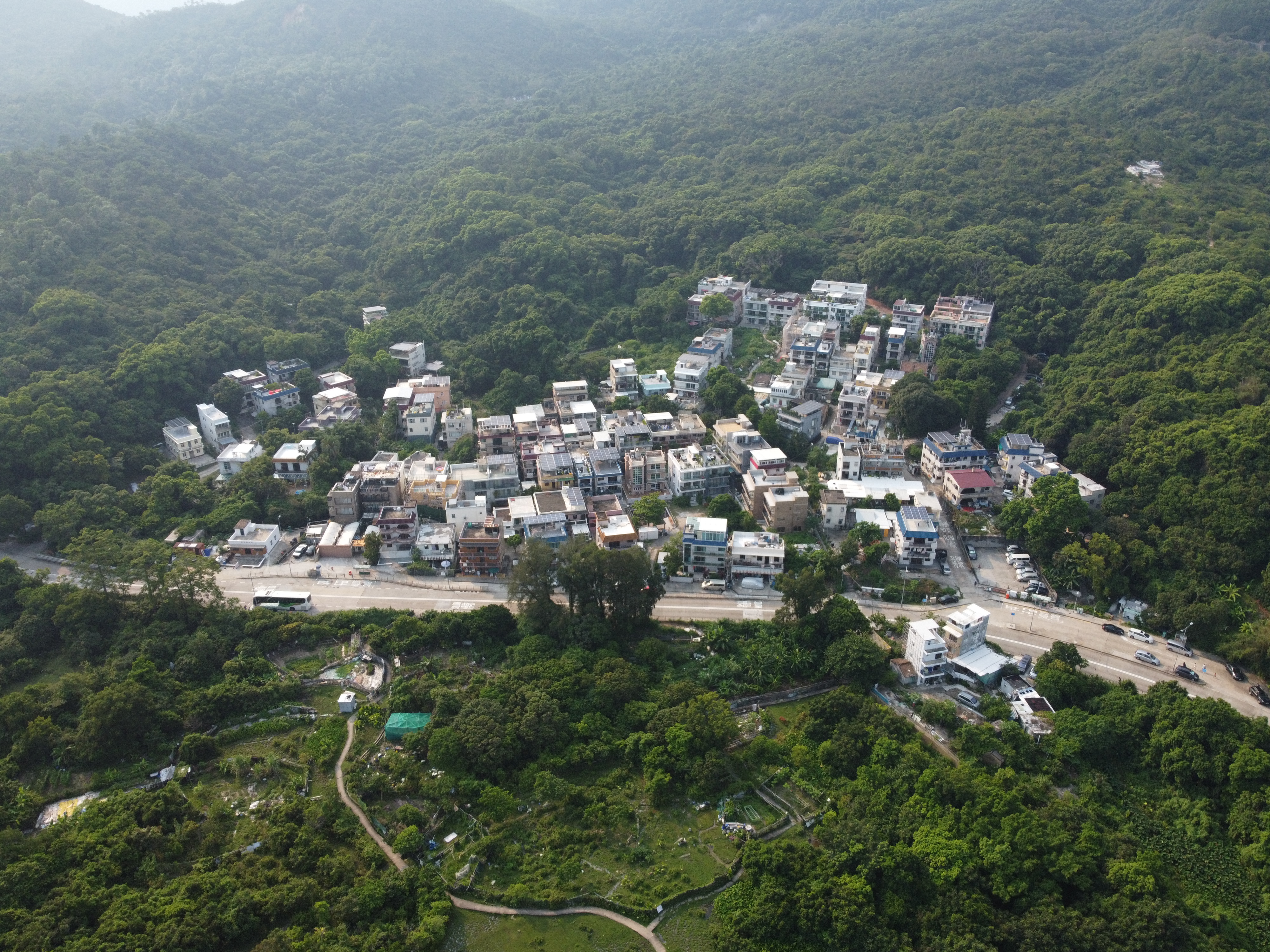
Project Background
Shui Hau in Lantau is a village with a predominant rural character and diverse habitats. The unique natural and cultural ecology scenic area comprise highlands, Fung Shui woodland, village, streams, farmlands, marsh, intertidal zone and bay.
Notwithstanding the diversity of habitats in Shui Hau, the river channels and farmlands have been abandoned for decades. Most of the farmlands were turned into seasonal swamps which have nurtured certain taxa groups. Free roaming water buffalos create puddles when foraging, which provides microhabitats for amphibians and odonatan. However, most of the abandoned farmlands were filled with overgrown weeds, shrubs and trees, and threatened by invasive species, such as the Mikania (Mikania micrantha). Without proper habitat management and planning, the low-lying wetlands which are rare in Hong Kong, will go drain and become drylands eventually, while the whole ecological value of Shui Hau will be lower.
Since December 2021, HKBWS has been funded by the Lautau Conservation Fund, in which HKBWS collaborates with Shui Hau Village for the sake of conserving the landform and biodiversity of Shui Hau, to strike a balance between nature conservation and rural livelihood, thus achieving sustainability in both biodiversity and the village.
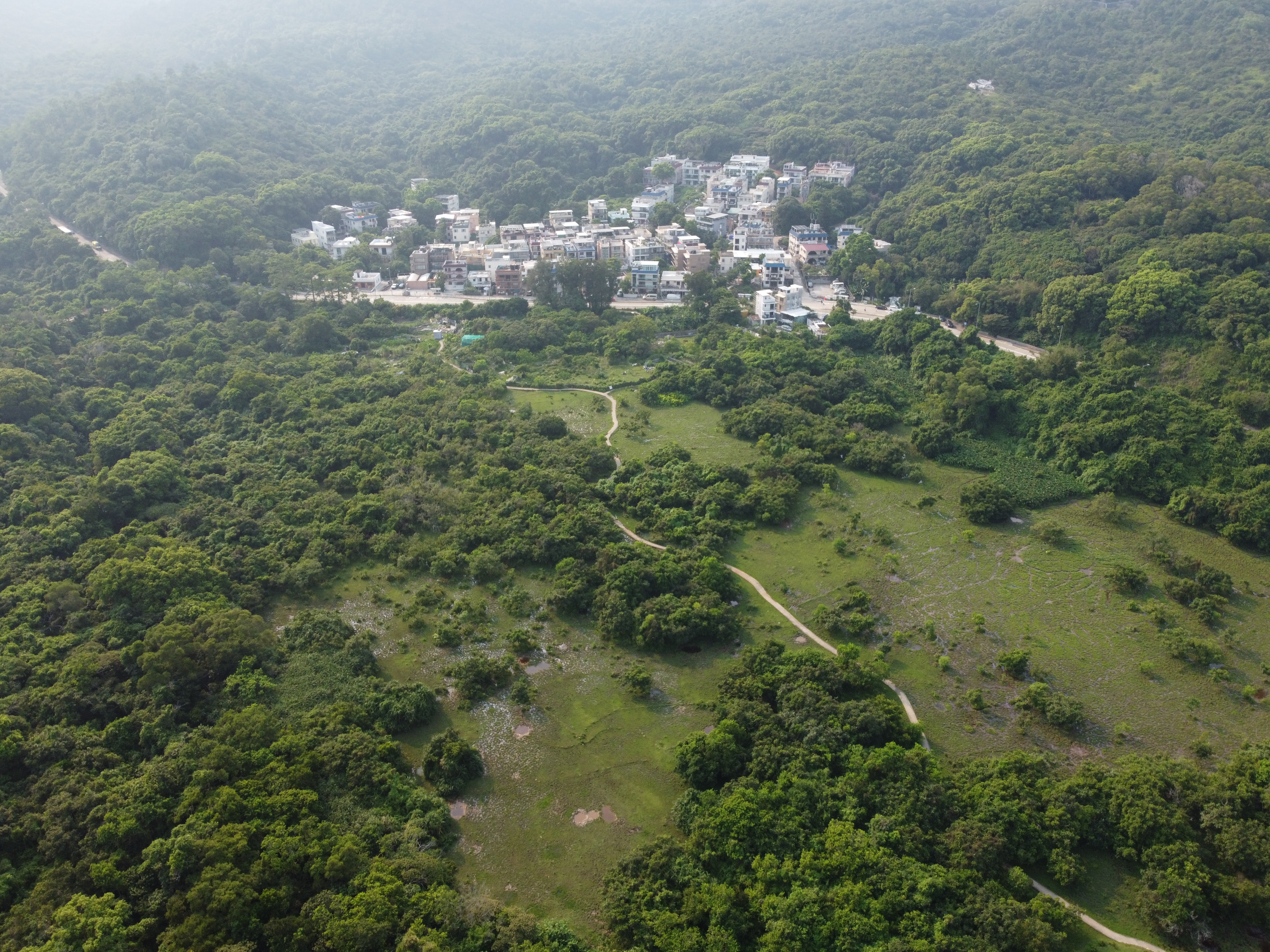
FOURProject Purposes
-
Establish a biodiversity database through a series of ecological baseline studies and regular standardised monitoring in Shui Hau to prioritise conservation and habitat management efforts.
-
Restore and expand wetland area to prevent deterioration and dehydration of wetland habitat.
-
Diversify habitats and enhance the heterogeneity of existing wetlands through wetland management and agricultural rehabilitation to increase biodiversity.
-
Build good relationships with local villagers to work towards a sustainable future of Shui Hau together.
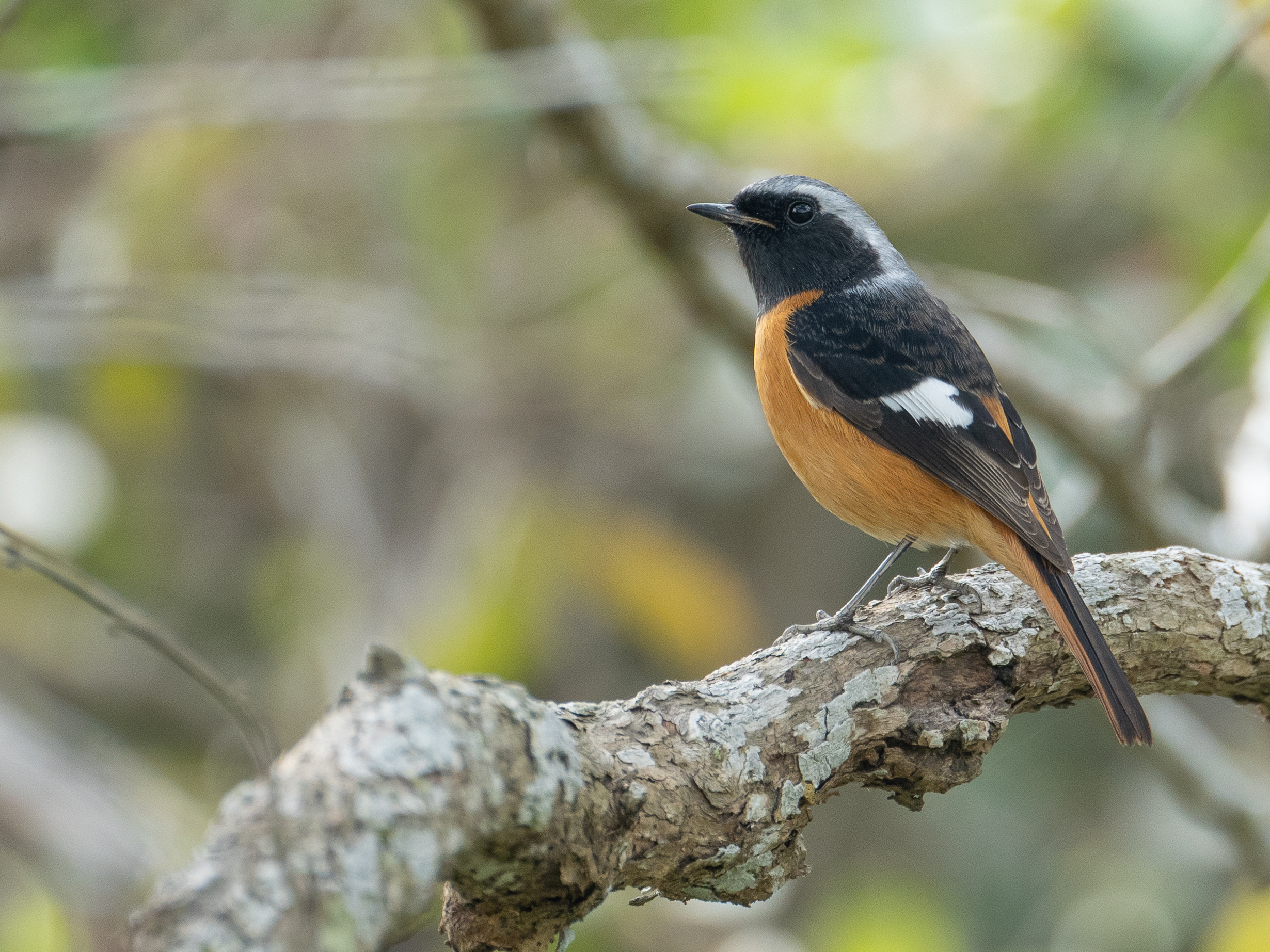
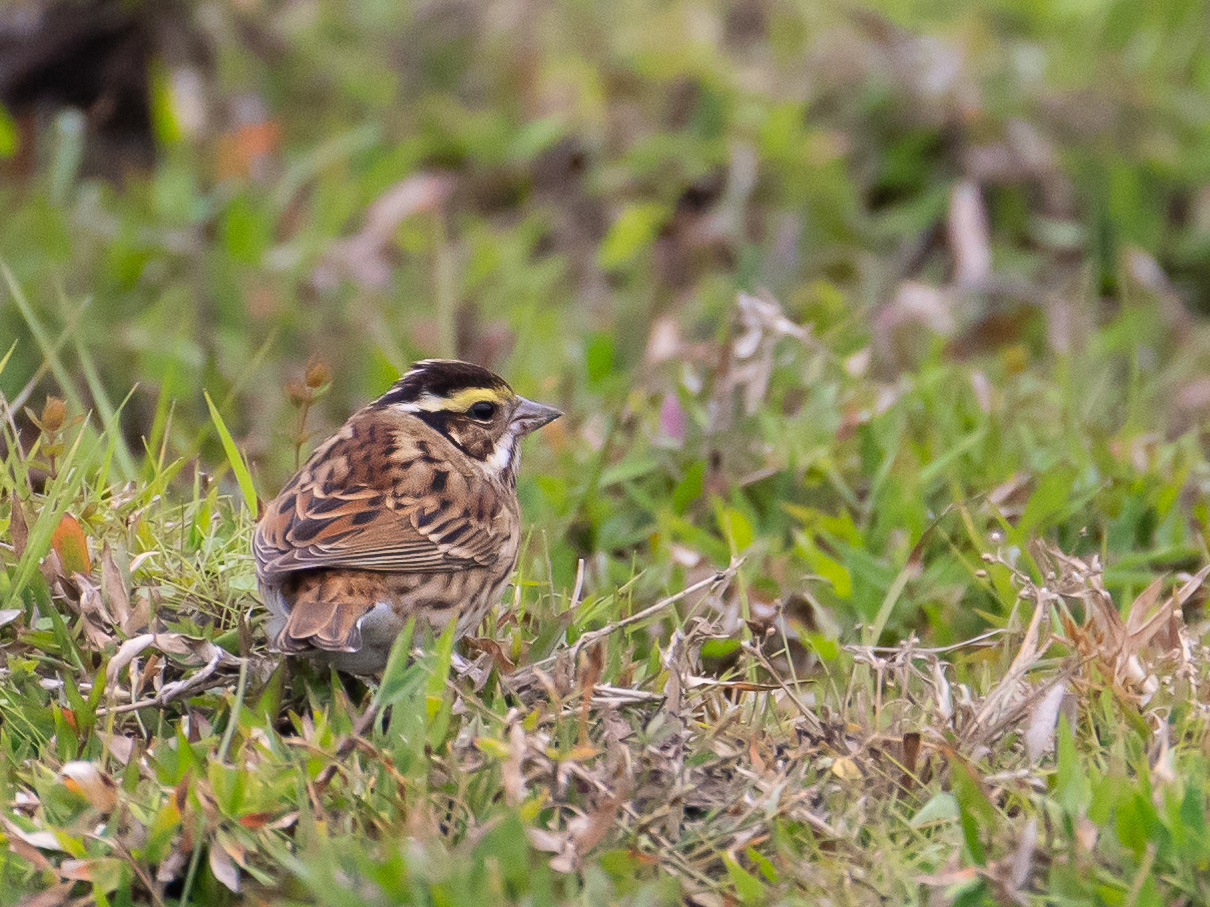
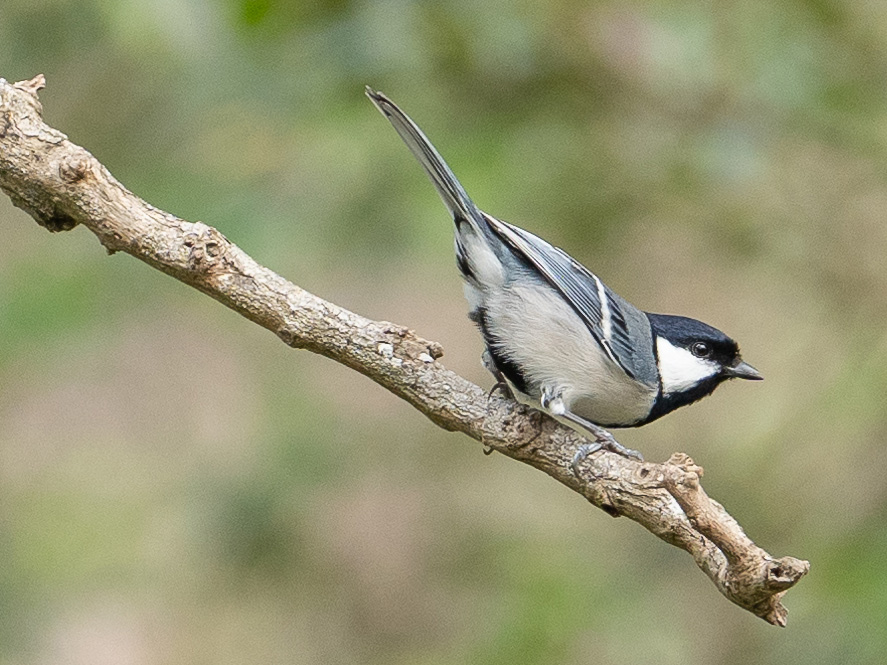

THREEProject Elements
(1) Community Engagement
Community engagement is crucial to the success of the Project. Thus, besides renting land from landowners, regular meetings will be arranged to keep villagers updated on the project progress, discuss the issues they are concerned about, and understand their needs.
Also, various activities such as an exchange programme will be organised for villagers to visit other similar local conservation projects. They can share and exchange views with other local communities and be inspired to think about the future development of the project and the Shui Hau Village. In addition, village environment improvement works will be conducted to uplift their living environment and to benefit other local stakeholders who cannot join our project.
Last but not least, communication and meetings with green groups and other related parties based in Lantau will be arranged to learn about comments and suggestions from them.
(2) Research and Studies
Ecological baseline surveys covering 8 taxa, including vascular plant, mammal, bird, amphibian, reptile, freshwater fish, butterfly and odonate will be conducted regularly throughout the whole project period so as to build up a species database for Shui Hau. After the first year baseline survey, hotspot areas and species with conservation concerns will be identified preliminarily, which will help in revising and adjusting habitat management measures. Also, standardised monitoring of biodiversity will be conducted to study and compare the effect of management measures on wildlife.
Besides, studies on physical factors such as hydrology, water quality, and soil content will be conducted as well for understanding the characteristics of the site before implementing management measures and preparing for agricultural rehabilitation.
(3) Marsh Management
Diversifying habitats and enhancing the existing wetlands through wetland management and agricultural rehabilitation are important project purposes. Before conducting any management works, including invasive species control, tree management, water level management, agricultural rehabilitation, etc., lands will be rented from landowners directly and agreement will be signed.
At the beginning of the project, invasive species such as Mikania and Water Hyacinth will be removed and monitored throughout the project period. Also, to create an open marsh area, after conducting a tree survey, trees that are non-conservation concerned or not associated with any species with conservation concern will be removed. On the other hand, appropriate protective measures will be implemented if there are trees that are conservation concerned species or found associated with species with conservation concern. Besides, re-profiling and adjusting the level of land may be adopted to manage the water level of dried or seasonally dried land.
As farmland preparation work will take up at least several months before it is ready for crop planting, so the agricultural rehabilitation will be expected to begin in the selected area in the 3rd project year, and only trial planting could be conducted. Moreover, an adaptive management approach will be adopted, which means all management measures will be adjusted or revised based on the research findings and results.
